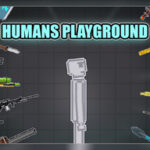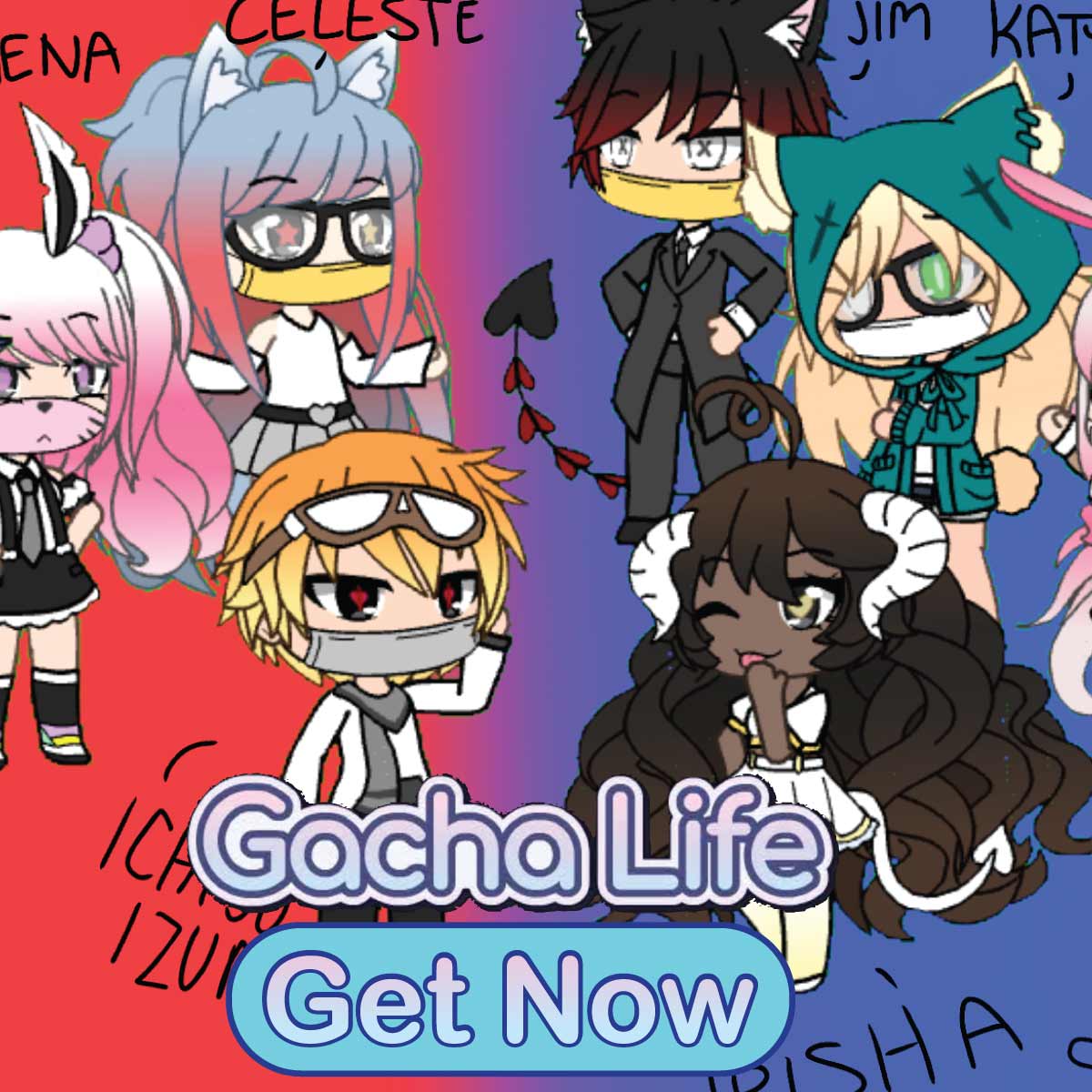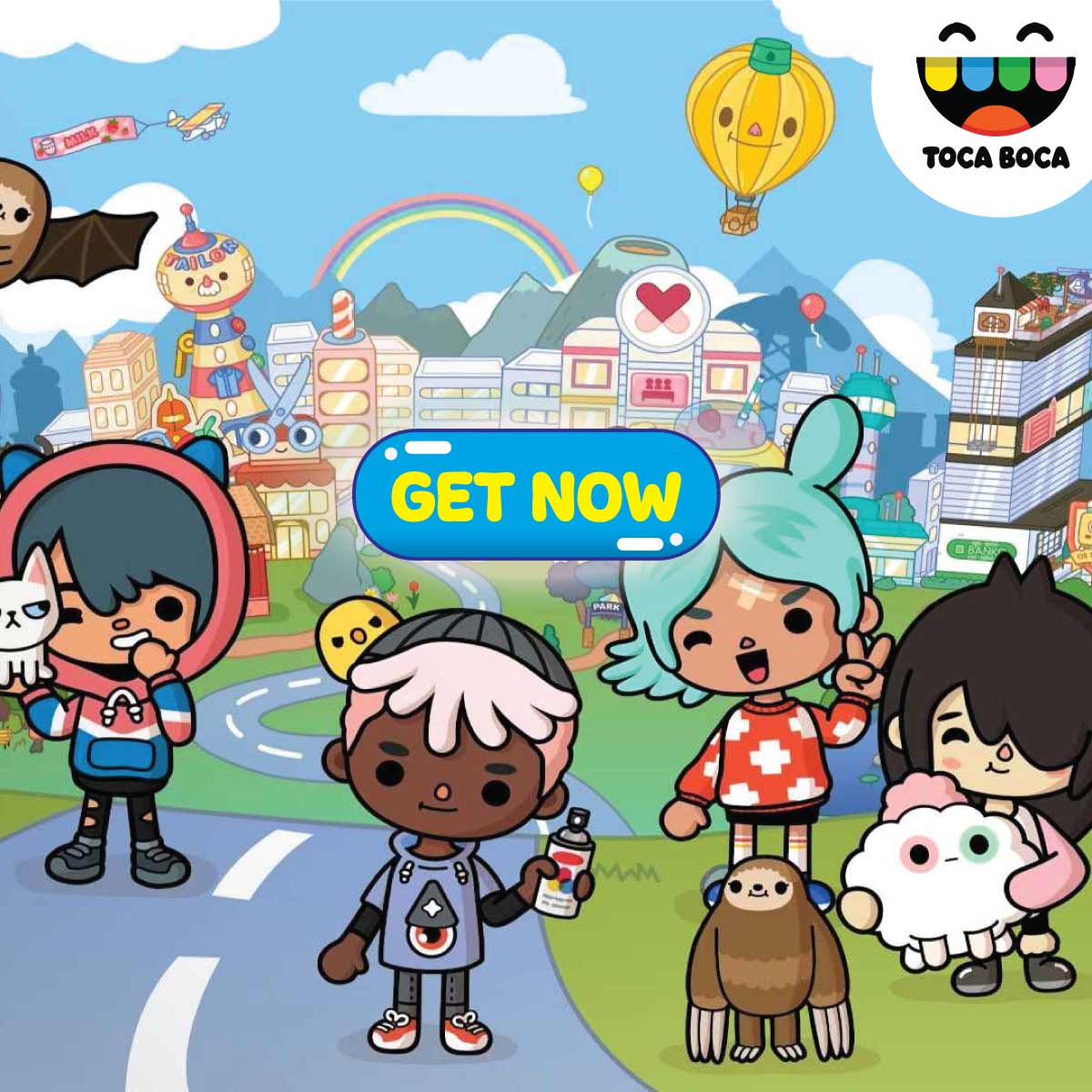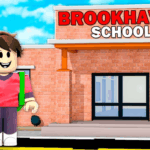Poppy Playtime – 2 Weeks of Fear, Curiosity, and Puzzle-Solving Delight
Poppy Playtime is more than just a horror puzzle game—it’s an experience that draws players into a chilling abandoned toy factory full of secrets and suspense. Developed by MOB Games, this indie horror sensation exploded onto the scene with its blend of atmospheric tension, clever mechanics, and an unsettling mascot: Huggy Wuggy. Over the course of two weeks of playing, emotions range from anticipation and fear to intrigue and excitement. This article chronicles that journey while breaking down the game’s strengths, weaknesses, and long-term value.
Day 1-2: First Impressions and Immersion
The first moments inside the Playtime Co. factory are unnerving. The lighting is dim, silence prevails, and you’re left with little guidance except a mysterious VHS tape. The storytelling is minimalist, but effective. You're hooked from the moment the phrase “Everyone thinks the staff disappeared ten years ago. We’re still here.” appears on the screen.
Initial Mechanics and Design Aesthetic
-
The GrabPack: This tool becomes your best friend, allowing you to reach distant objects, conduct electricity, and later solve complex puzzles.
-
Art Style: The contrast between colorful toys and dark hallways creates a disturbing clash—one that feels designed to keep you on edge.
Early Verdict: Immersive and beautifully terrifying. You know you’re not alone, but you’re desperate to find out what’s lurking.
Day 3-4: Enter Huggy Wuggy – The Fear Builds
As you explore deeper into the factory, you encounter Huggy Wuggy—initially as a harmless statue. But his disappearance marks the beginning of psychological warfare.
Escalating Tension
-
Huggy’s stalking behavior is designed to play with your expectations.
-
He rarely jumpscares directly. Instead, you hear distant movements or catch glimpses as he slips away.
Gameplay Tactics Unfold
You now use the GrabPack for puzzles involving electricity and spatial awareness. You’ll notice:
-
Doors powered by electricity.
-
Conveyor belts and toy assembly lines acting as puzzle stages.
Takeaway: The horror here is slow-burn, making each room feel like a potential death trap.
Day 5-6: Mastering Mechanics and Environmental Storytelling
By now, you're adept at using the GrabPack and starting to see how Playtime Co.'s story unfolds.
Puzzle Evolution
The challenges go beyond simple fetch quests:
-
You redirect power flows through rooms.
-
Use height and timing to solve platforming sequences.
World-Building
-
Posters, toy blueprints, and messages scribbled on the walls hint at the company's twisted history.
-
You uncover audio logs of workers, giving more background to the toys and what went wrong.
Insight: Poppy Playtime rewards curiosity. Taking the time to look at surroundings makes the horror elements feel richer.
Day 7-8: Chapter Completion and Realization
Completing Chapter 1 delivers a mix of relief and dread. The final chase scene with Huggy Wuggy is a masterclass in pacing.
The Chase
-
As Huggy appears from vents and shadows, you're forced into a frantic run through narrow corridors.
-
One wrong turn, and you're face-to-face with his terrifyingly open mouth.
Emotional Rollercoaster
-
Relief from escaping.
-
Anticipation about what's next.
-
Fascination with the bigger story being told.
End of Chapter 1 Reflection: You’re not just playing a horror game—you’re unraveling a mystery, and you want more.
Day 9-10: Enter Chapter 2 – Bigger, Bolder, and Darker
Chapter 2, “Fly in a Web,” introduces a new antagonist: Mommy Long Legs. Her spider-like movement and deceptive kindness make her an even creepier presence.
Mechanics Expand
-
You now use both hands of the GrabPack to solve multi-level puzzles.
-
There's a deeper focus on verticality and mobility.
New Areas
-
The Game Station: A terrifying playground with creepy games.
-
The Theater: Full of propaganda-like performances from Playtime Co.
Takeaway: Chapter 2 is longer, more layered, and offers more complex puzzles. It’s a natural progression in difficulty and dread.
Day 11-12: Deeper Lore and New Fears
Now you're heavily invested in the backstory. Who made these toys? What happened to the staff? And why is Poppy (yes, the doll) seemingly helping you?
Narrative Beats
-
Poppy becomes a semi-ally but raises more questions than answers.
-
Mommy Long Legs manipulates you emotionally, guilt-tripping you as she tries to kill you.
Emotional Reaction
-
Sympathy for the toys—they were once human?
-
Hatred for Playtime Co.
-
Fascination with the growing lore.
Conclusion: The story isn’t just a backdrop—it’s the core driver of fear and mystery.
Day 13: Final Bosses and Twisted Endings
The final sections of Chapter 2 are intense. You face off against Mommy Long Legs in a disturbing end chase, then encounter the Prototype—a mysterious and more malevolent threat.
Endgame Highlights
-
Puzzles are now timed and intertwined with platforming.
-
The Prototype’s presence sets up even more mystery for Chapter 3.
The Final Room
-
You’re locked in a train.
-
The game ends with a crash—and the unmistakable promise of something far worse ahead.
Reflection: The cliffhanger works. You're desperate to know what’s next.
Day 14: Overall Analysis and Replayability
With two chapters under your belt, it's time to assess Poppy Playtime’s full impact.
Pros
-
Excellent atmospheric horror.
-
Strong puzzle design.
-
Deep lore and mystery.
-
Iconic antagonists (Huggy Wuggy, Mommy Long Legs).
Cons
-
Relatively short chapters.
-
Some puzzles can feel unintuitive.
-
Voice acting in some tapes feels forced.
Replayability
-
Moderate: While the story is linear, speedrunners and lore hunters can find new details on repeat playthroughs.
Gameplay Mechanics Overview
-
First-person exploration with a puzzle-based focus.
-
The GrabPack is central to all interactions.
-
Horror is psychological, not reliant on jumpscares.
-
Limited combat—focus is on evasion and logic.
Horror Style Breakdown
-
Inspired by Five Nights at Freddy’s and Little Nightmares.
-
Leans into childhood nostalgia twisted into terror.
-
Uses light, sound, and pacing expertly.
Expert Rating and Final Thoughts
Expert Score: 8.9/10
Poppy Playtime is an exceptional indie horror game that manages to be genuinely scary while also intellectually engaging. Its strengths lie in atmosphere, pacing, and emotional manipulation through storytelling. While not perfect in length or polish, it’s an unforgettable experience that will continue to grow with each new chapter.
Who Should Play It?
-
Fans of psychological horror.
-
Puzzle enthusiasts.
-
Players who love lore-rich environments.
-
Anyone tired of overused jump-scare tropes.
Conclusion: Poppy Playtime’s Legacy Begins Now
Over the course of two weeks, Poppy Playtime doesn’t just provide scares—it creates an emotional narrative that lingers. You start curious and end obsessed. The game’s slow unraveling of its story, unique enemies, and clever gameplay design combine to form an indie horror masterpiece in the making. Whether you're in it for the thrill, the lore, or just to chase Huggy Wuggy down a corridor, this is a must-play experience.
Let’s see where the next chapter takes us—but one thing’s certain: the toys are far from done playing.






























